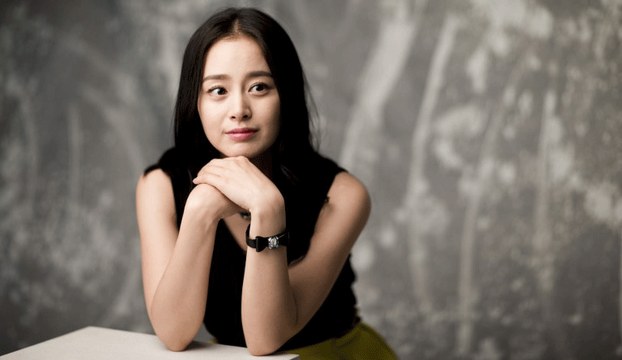




North Koreans really enjoy watching South Korean dramas. People who talk with defectors typically have difficulty hiding their surprise that defectors know more about these dramas than South Koreans do.
Such a phenomenon is not very difficult to understand, however. In South Korea, there is a lot of variety in where and how people entertain themselves and spend their free time, but this is not true in North Korea. In North Korea, radio and TV are boring and finding fun books to read is difficult. Given the lack of other options, it is not surprising that North Koreans find watching South Korean dramas on the sly much more fun.
However, it is true that North Koreans wonder if what they see on dramas authentically depicts the lives of South Koreans. As North Koreans well know, the quality of life and living conditions shown in North Korean movies are ridiculously glamorized. Consequently, many North Koreans believe that South Korean dramas show a more glamorized version of life than the reality.
There is little basis for North Koreans to doubt what they see in dramas, however. North Korean movies are aimed at bringing their viewers ideological enlightenment, but South Korean dramas are commercial products to be bought and sold. In capitalist society, broadcasters make their money by charging advertisers for airtime and the more popular a drama is the more broadcasters can charge. Ultimately, broadcasters’ financial success relies on the production of dramas that a lot of people want to see.
Unlike North Korean movies, South Korean dramas cannot glamorize the living standards of South Koreans. As a result, the lives depicted in South Korean dramas are not glamorized consciously. In reality, the dramatized depiction of a Seoul office worker holds little difference with the life of a real office worker in Seoul.
That being said, it would be wrong to think that 100 percent of dramas accurately reflect South Korean society. Ironically, this is linked again with the issue of producing popular dramas. People watch dramas to enjoy themselves and have little interest in watching stories that focus too much on people with difficult lives. Indeed, the main characters in dramas are rarely the poor who work from dawn until dusk to earn a living. In the end, this tendency arises from the drama’s commercial viability rather than any conscious distortion on the part of drama producers.
Ultimately, the lives of middle-class people are those most commonly depicted in South Korean dramas. Of course, members of the middle-class are very representative of the average South Korean because they comprise between two-thirds and three-fourths of the country’s total population. At the same time, those who lead the most difficult lives are rarely depicted in South Korean dramas.
In conclusion, South Korean dramas depict the lives of ordinary people much better than North Korean films do.
Andrei Lankov, a professor at Kookmin University in Seoul, is a Russian historian, North Korea expert, and regular RFA contributor.
Translated by Robert Lauler.